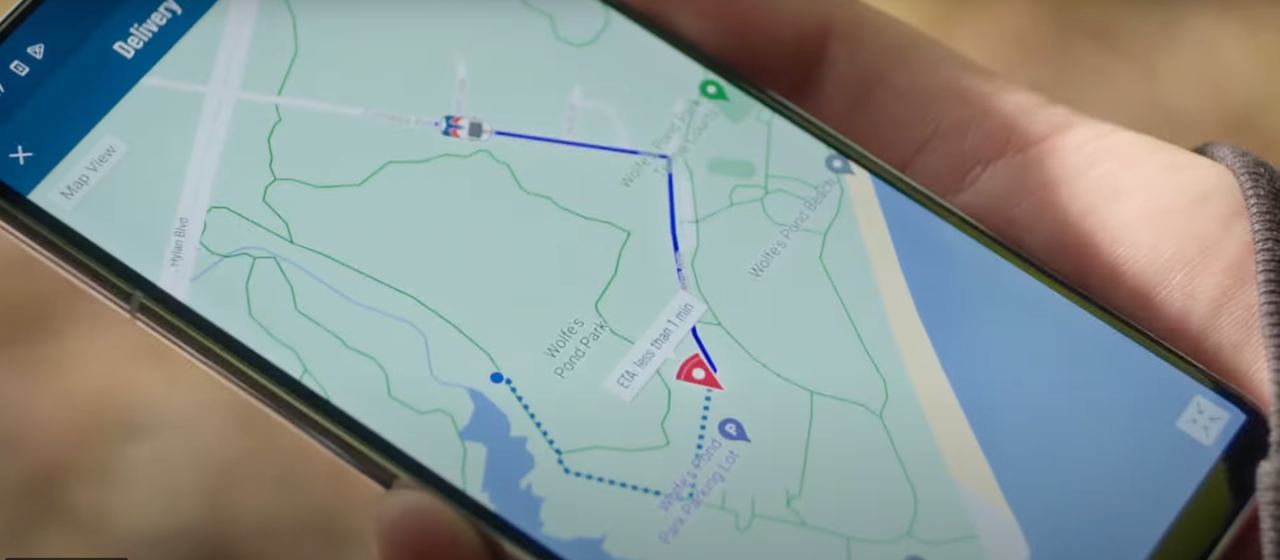Last December, Google announced a significant change to its Google Maps Timeline feature: your location history would soon be stored on your device rather than in the cloud. Initially hailed as a privacy-enhancing move, this update has instead spiraled into a chaotic nightmare for some users. Reports of lost data, corrupted timelines, and frustrating migration issues are growing in online forums, leaving users wondering if their precious memories are safe. Is this just a temporary setback, or a sign of deeper problems with Google’s data management?
Google Maps Timeline data has a new home
In a move that’s been in the works for a while, Google Maps is shifting Timeline from the cloud to your device. This means your treasured history of visited places and routes will soon reside solely on your smartphone, giving you more control over your data. Sounds great, right? Well, it would be, if the transition wasn’t causing so many headaches for users.
Initially, Google gave users until June 9, 2024, to update their Timeline settings or risk losing their precious data. But, in a surprising turn of events, they extended the deadline to September 15, giving everyone a bit more breathing room. However, the drama doesn’t end there. Recent reports suggest Google has once again extended the deadline, now to November 19 perhaps in acknowledgment of the challenges users are facing. However, the company has yet to update its support page with this info.
Google Maps users report data disasters
Despite the extended deadlines, the transition hasn’t been smooth sailing. Reports are beginning to pop up from frustrated users who want the Timeline feature retained on the web and others who have lost years of valuable Timeline data during the migration process. Some complain of corrupted dates and routes, while others have seen their entire history vanish into thin air. It’s a nightmare scenario for anyone who relies on Timeline for personal or professional reasons.
One user lamented the loss of seven years’ worth of data, with every single day now corrupted and inaccessible even on the web. Another user found their meticulously tracked visits to Japan from just three weeks ago inexplicably altered and inaccurate. The complaints continue, painting a picture of a migration process fraught with peril.
Google, for its part, seems to be scrambling to address the issues. A product expert in the Google Maps forum has advised users to take a crucial step before making any changes: download a copy of their existing location history through Google Takeout. This provides a backup in case anything goes wrong during the migration.
However, even with a backup, the process isn’t foolproof. Users have reported issues with the downloaded JSON files, which require conversion and further processing to be usable in other mapping applications. It’s a technical hurdle that many users might not be equipped to handle.
What you need to know and do
If you’re a Google Maps Timeline user, here’s what you need to know:
-
1. The deadline: Google seems to have extended the deadline for updating your Timeline settings to November 19, 2024.
2. The backup: Before making any changes, download your existing location history through Google Takeout.
3. The migration: Follow the steps outlined in Google’s notification or help page to migrate your data to your device.
4. The backup (again): Once the migration is complete, back up your data to the cloud for safekeeping.
5. The export: Consider exporting your Timeline data from your device for further peace of mind.
It’s also crucial to stay informed about any further updates from Google regarding this process, so be sure to regularly check the Google Maps forums and official announcements for the latest information.
A bump in the road or a major detour?
The Google Maps Timeline migration has undoubtedly been a bumpy ride for many users. The loss of valuable data is a serious concern, and it raises questions about the robustness of Google’s data handling processes. However, it’s important to remember that this transition is still in progress, and Google is likely working behind the scenes to address the issues.
Whether this is just a temporary bump in the road or a major detour on Google Maps’ journey remains to be seen. But one thing is clear: Google Maps users are rightfully concerned about their Timeline data, and Google needs to step up its game to ensure a smoother transition for everyone.
In the meantime, take the necessary precautions, back up your data, and stay informed. Your Timeline might be changing its home, but with a bit of care, your memories can still remain intact.
TechIssuesToday primarily focuses on publishing 'breaking' or 'exclusive' tech news. This means, we are usually the first news website on the whole Internet to highlight the topics we cover daily. So far, our stories have been picked up by many mainstream technology publications like The Verge, Macrumors, Forbes, etc. To know more, head here.



Dan Howell26-11-2024
If Google actually card about our data, they would have automatically made a backup and provided a copy on request, at least for a limited time *after* the transition. Instead, due confusing instructions and false promises (the data would be deleted "after" a certain date according to the e-mails, instead it was deleted in the wee hours of the morning *on* that date), many have lost this information that was precious ton many. Google cares nothing about their customers except how much money they can extract from them and their data, and how many ads they can push to them.
Reply